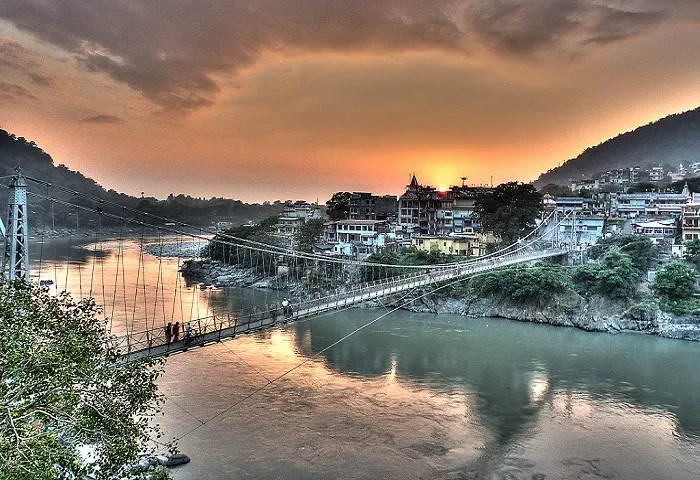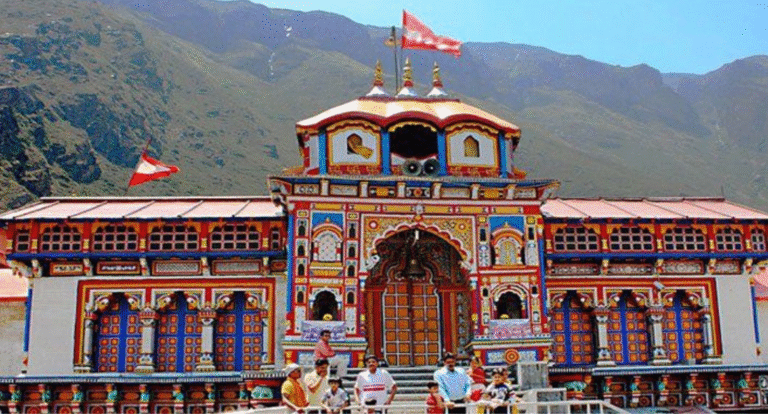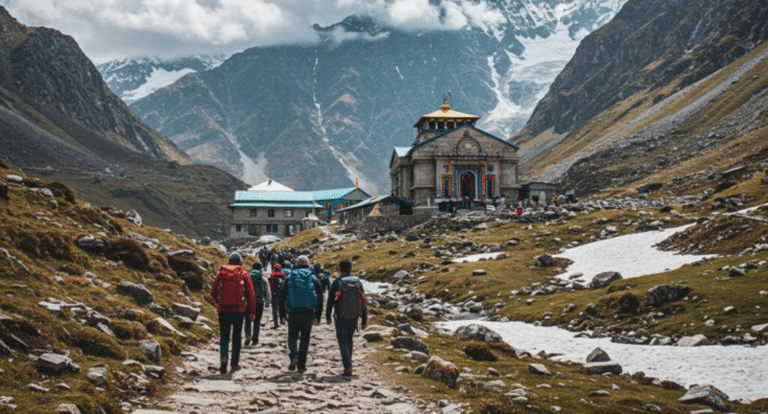History
The Yoga Capital of the World
Rishikesh has long been regarded as one of the holiest places in India, with its roots deeply embedded in Hindu mythology and Vedic scriptures. The name itself is derived from ‘Hrishikesha’, a name of Lord Vishnu, who is said to have appeared to the sage Raibhya in this region. Historically, Rishikesh has been a spiritual retreat for sages and ascetics for thousands of years, who sought meditation along the banks of the sacred Ganges River.
While it remained largely untouched for centuries, the modern world discovered Rishikesh when The Beatles visited the ashram of Maharishi Mahesh Yogi in 1968. This global moment turned the small town into an international hub for yoga, attracting seekers, healers, and holistic practitioners from across the globe. Despite the rising popularity, Rishikesh has retained its peaceful aura and continues to be a significant pilgrimage center for Hindus. The preservation of its ancient temples, ghats, and ashrams — many still active — reflects a rare continuity of living spiritual heritage in India.


Geography
Where Mountains, Rivers & Spirit Meet
Situated in the foothills of the Himalayas, Rishikesh lies at an elevation of around 372 meters (1,220 feet) above sea level. The town is split by the Ganges River, which flows swiftly from the glaciers of Uttarakhand and cuts through steep hills and lush forests, giving the region a unique blend of mountainous and riparian ecosystems.
Rishikesh enjoys a subtropical climate with pleasant winters and humid summers, making it accessible year-round for travelers. The region is rich in biodiversity, surrounded by the Rajaji National Park, which is home to elephants, leopards, deer, and hundreds of bird species.
The town also marks the beginning of the Char Dham Yatra (a sacred pilgrimage route), making it both a spiritual and geographical gateway into the upper Himalayas. From its riverbanks to the peaks beyond, Rishikesh is not just a destination but a threshold between the physical and the transcendental.






